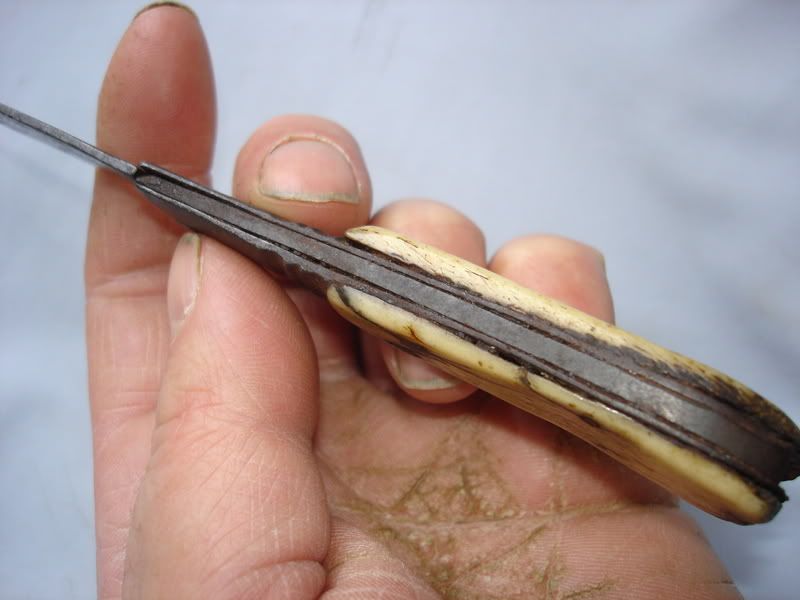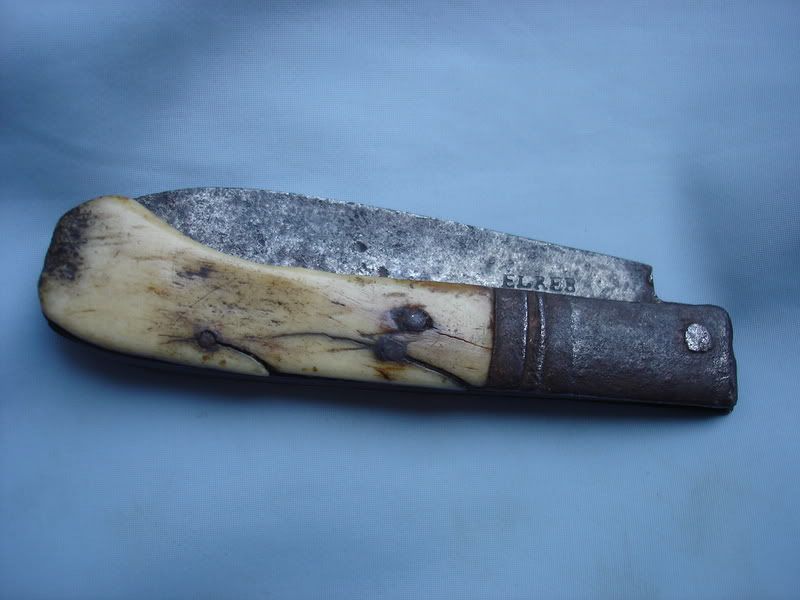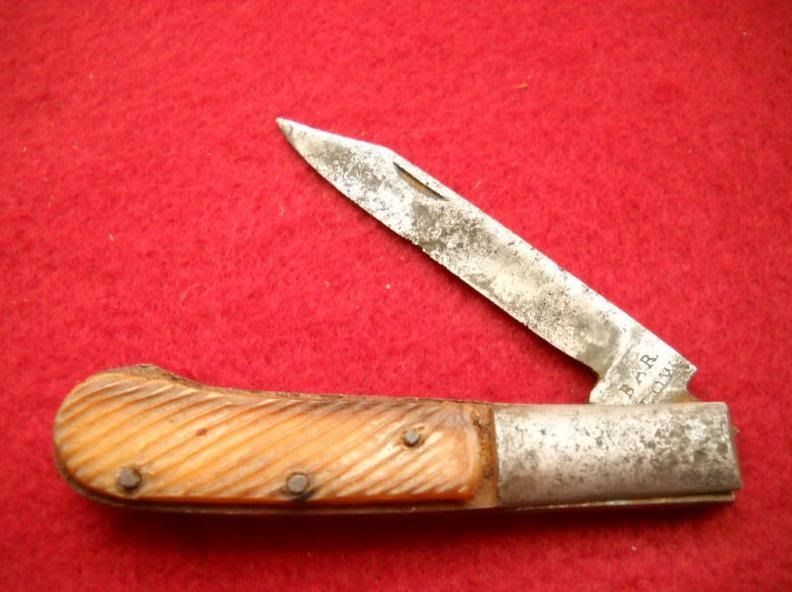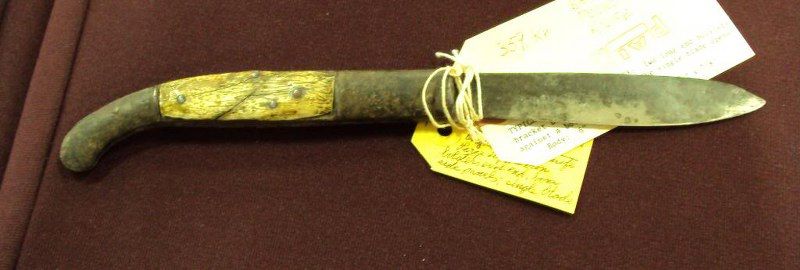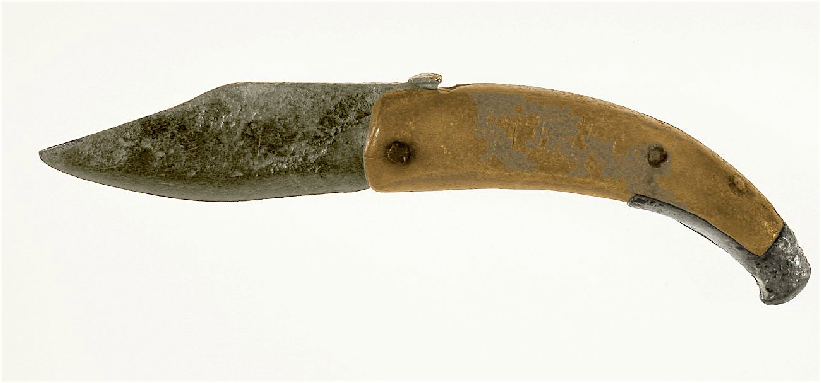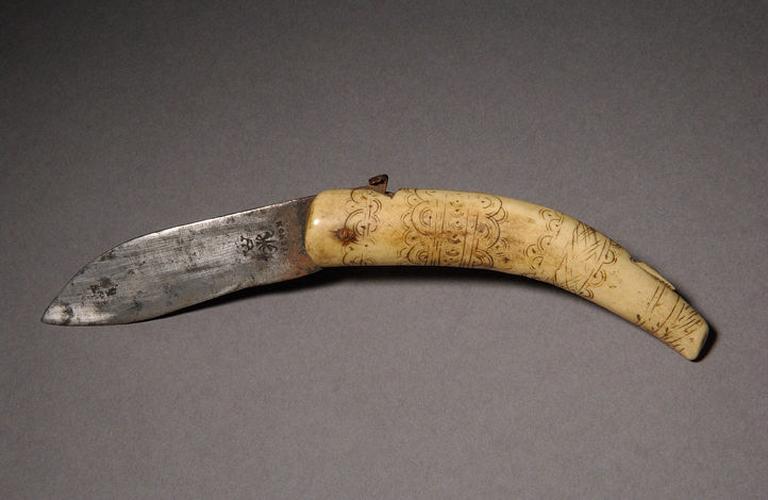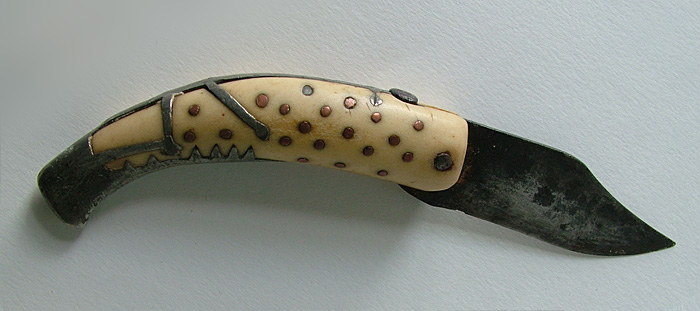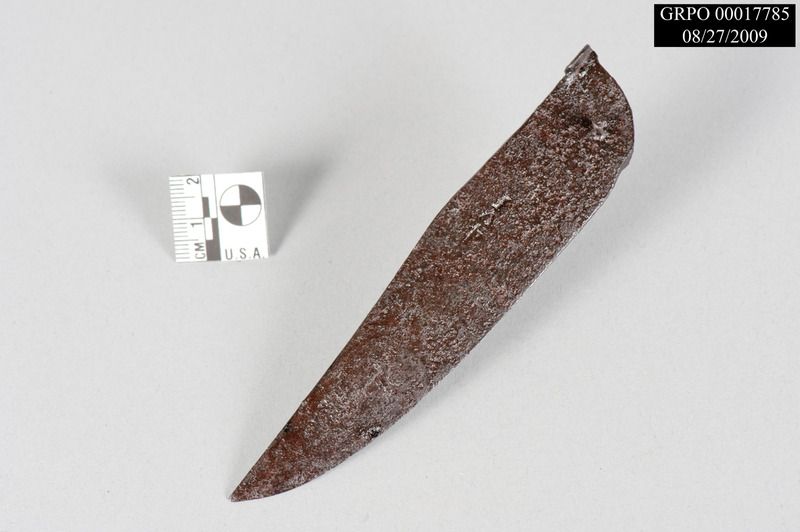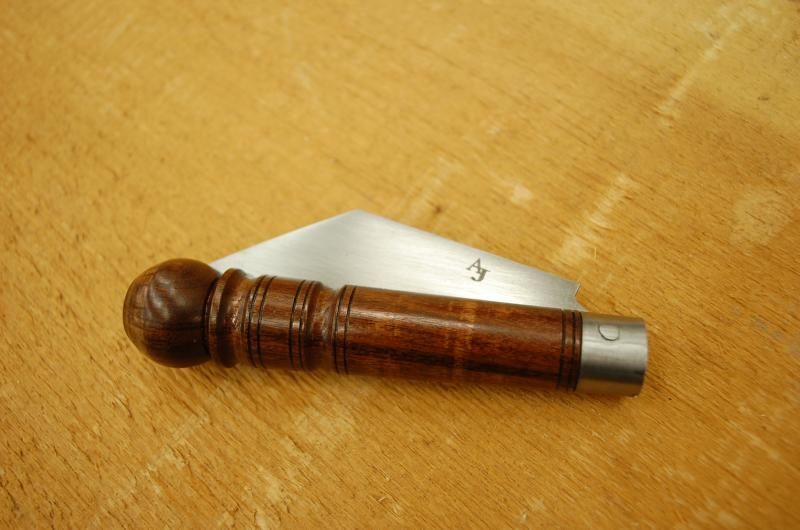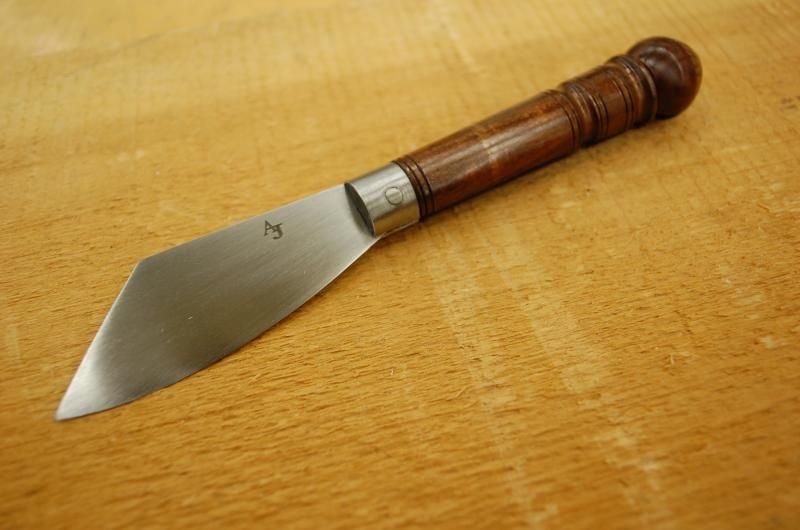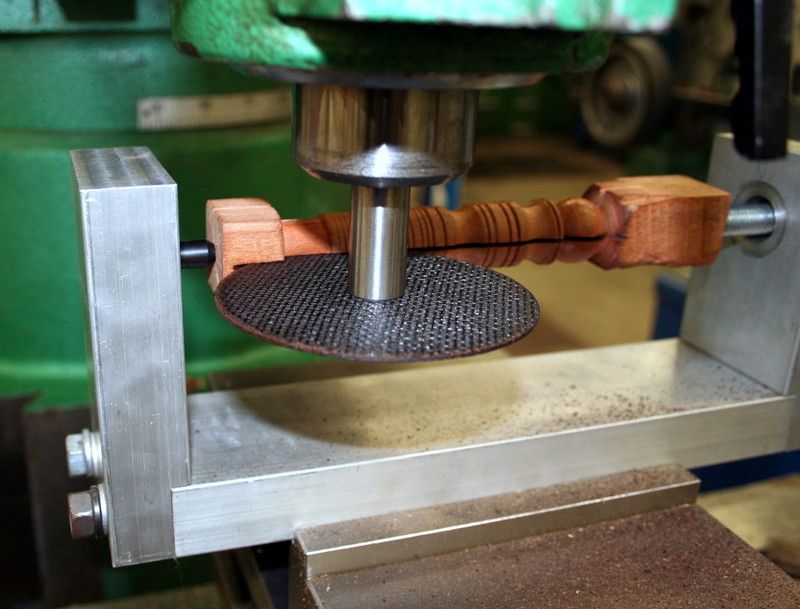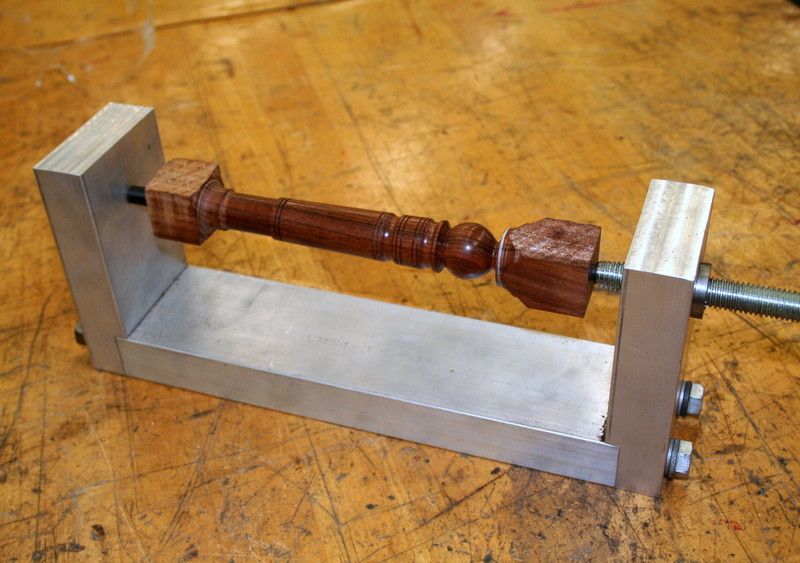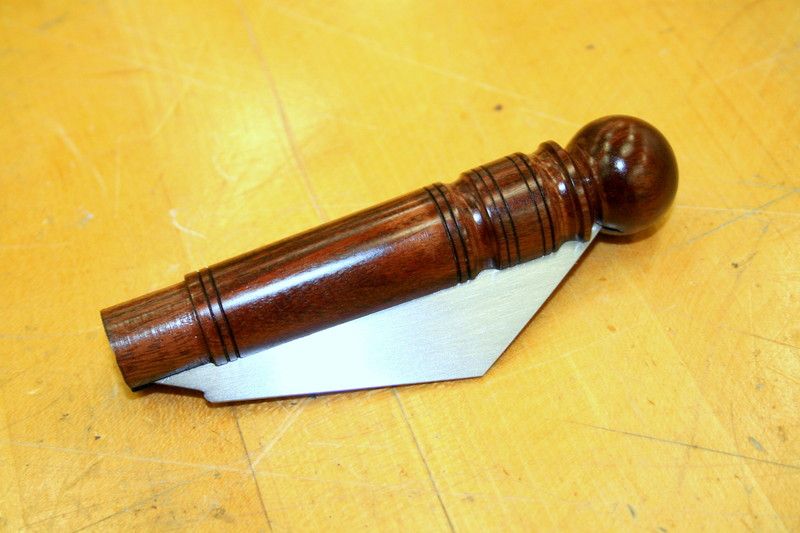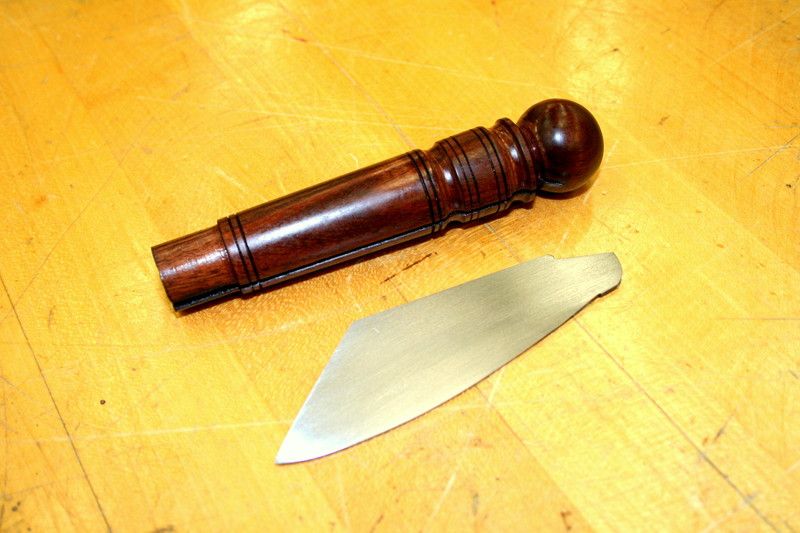I've carried the same Case stockman pocket knife daily since 1985. She did spend a night on a log in the woods after cleaning a rabbit once.
I have found a couple knives over the years, one along a shoreline fishing, another next to our mail box that apparently fell off a truck going by. But have never lost one.
Back in the day, when I was interviewing college kids for seasonal positions, after the formal interview I would ask the potential prospects if they were carrying a knife. If so could I see it ? Always thought you could tell a lot about these youngsters by, if they had one, what type, and it's condition. Was it dull, or had it been used as a pry bar, I thought gave some indication of what I could expect if we were to turn them loose with expensive equipment down the road.
I have found a couple knives over the years, one along a shoreline fishing, another next to our mail box that apparently fell off a truck going by. But have never lost one.
Back in the day, when I was interviewing college kids for seasonal positions, after the formal interview I would ask the potential prospects if they were carrying a knife. If so could I see it ? Always thought you could tell a lot about these youngsters by, if they had one, what type, and it's condition. Was it dull, or had it been used as a pry bar, I thought gave some indication of what I could expect if we were to turn them loose with expensive equipment down the road.





